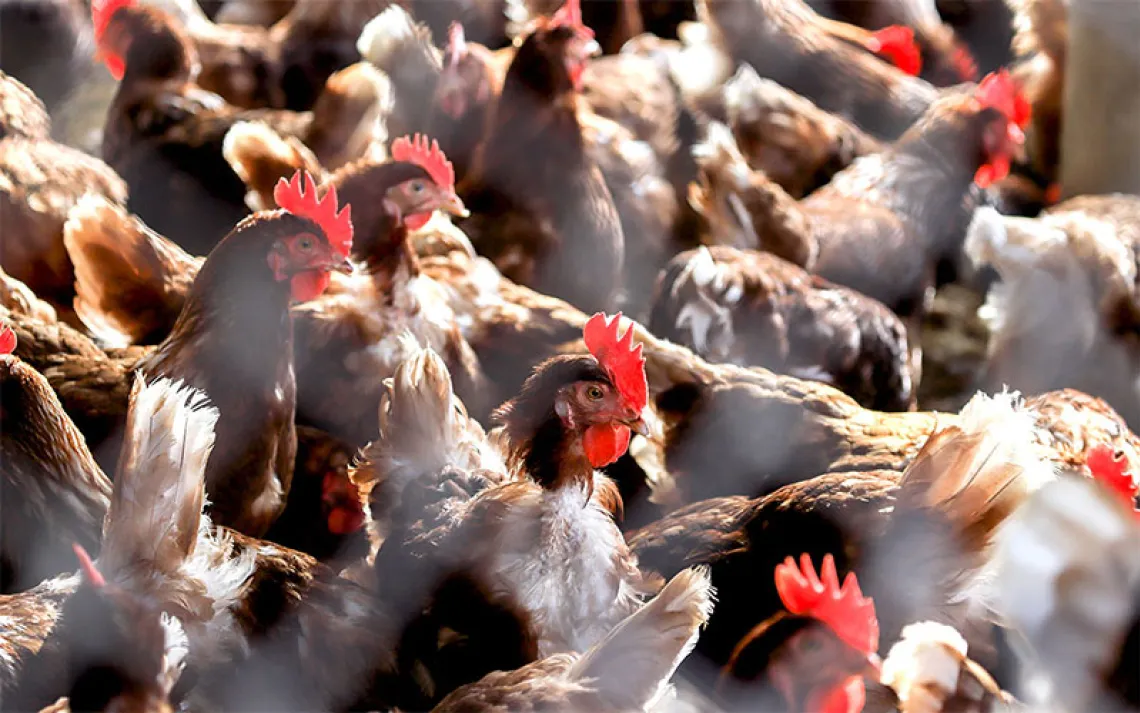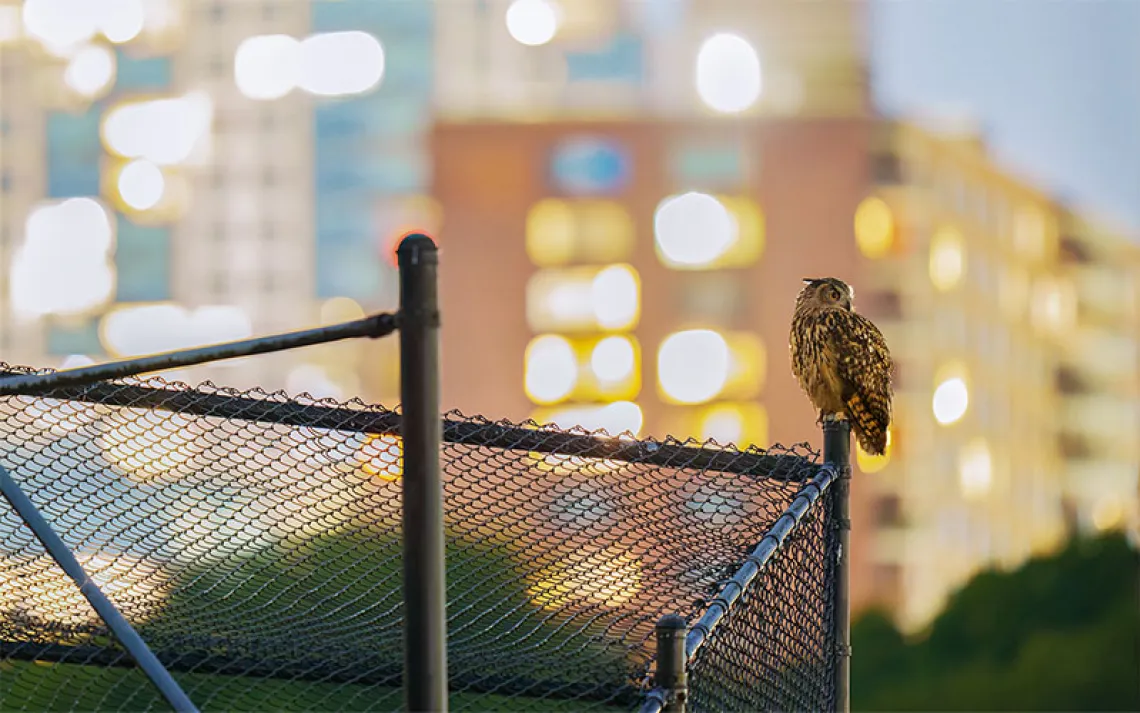Emma Ford's Falconry Glove
The world's foremost female falconer on the hand gear that launched her career.

Emma Ford is a master of falconry, the art of using trained birds of prey to hunt. | Photo by Angus Blackburn/Courtesy of Gleneagles
When Emma Ford was eight years old, a falconer moved in next door to her mother's cottage in southeastern England. Ford spent the next month helping the new neighbor train Wally, a two-foot-tall eagle with feathers the color of chocolate.
Today, Ford is a master of falconry, the 4,000-year-old art of using trained birds of prey to hunt. In 1982, she and her husband opened the British School of Falconry at the Gleneagles Hotel, the first such school in the world, which they ran for 32 years. She works with a variety of birds, most of which, in falconry parlance, are called "hawks"—even the falcons.
"Watching a young hawk's first kill is a magical moment. First you wait for your dog to scent grouse. When he straightens his tail and goes stock-still, you release your hawk from your gloved fist. The hawk gains height. He's beautiful to watch.
Then you hear this tremendous noise, like ripping canvas. That's the hawk shutting his wings and coming down on his prey at up to 210 miles per hour. If you're lucky, the hawk catches the grouse in the air. Then he's on the ground, plucking his kill with massive enthusiasm. You sit down beside your dog, and he rolls around in the heather. The dog is happy because dogs, like us, know when they've done well.
Getting to this golden moment requires months of training. The dog has his brain, and the hawk has his brain, and I, of course, have my brain. For a hunt to work, we have to get all of us thinking together, toward the same goal.
When a hawk perches on your gloved fist, you feel a pressure, and you can tell from that pressure how relaxed your hawk is. Sometimes he will grip so tightly that he can't leave your glove even if he really wants to. He's so excited that his brain forgets to tell his feet to release. You learn to read his emotions, to calm him.
Wally, the first bird I trained, was quite big, and I was quite small. When he first perched on my gloved fist, he felt dauntingly heavy. In those days, falconry was a rare sport. You couldn't just order a falconry glove, but I was desperate to have one. So my mum made me a glove.
Making a buckskin glove is not easy. The leather needs to be tough enough to stop a sharp talon from going through it and puncturing your hand. Stitching such thick leather can't be done on a machine at home because you have to sew around the gussets. Making that glove was very hard on my mum's fingers.
My mum nurtured my passion for anything wild. She put up with sick owls and kestrels in her kitchen. She's 80 now, so she doesn't come out hawking with us anymore, but she still likes to hear about how my husband and I get on in the countryside.
At the moment, we're away hawking for red grouse on the Scottish moorlands. We were out this afternoon, and our young hawks didn't catch any grouse, but that's not the point. The point is to watch the hawks fly, and to know that we play a part in their hunt."
Emma Ford has written eight books about birds of prey and shares her home with 40 eagles, hawks, and falcons.
 The Magazine of The Sierra Club
The Magazine of The Sierra Club



